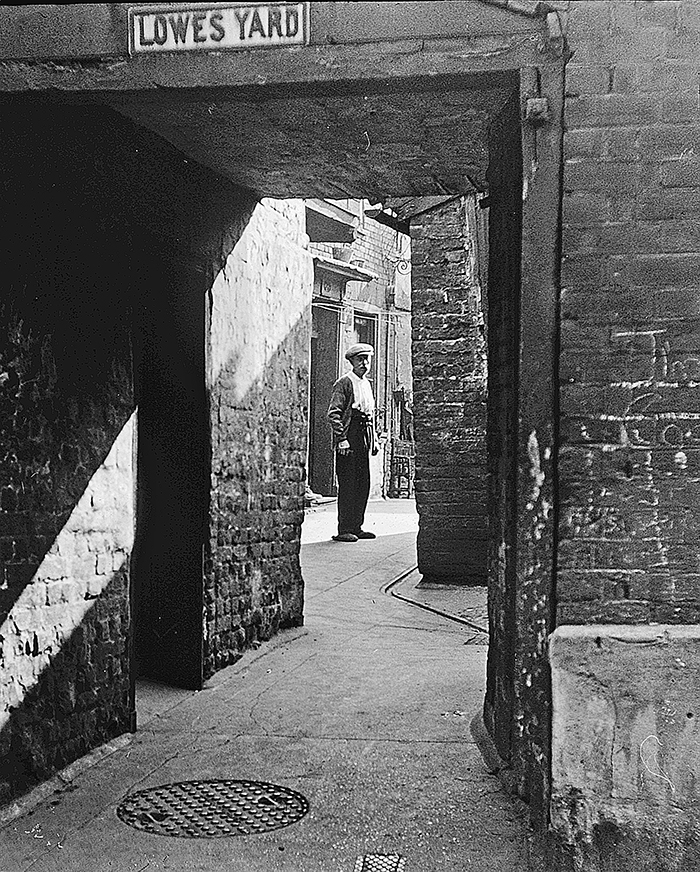Frances &
Michael
Holmes


Until the 19th century the vast majority of the City's population lived within its walls. As the population grew rather than build in the many open spaces that proliferated within the wall's perimeter, speculative builders increasingly erected sub-standard homes behind buildings that lined the main streets. These properties, known as courts and yards, provided some of the poorest (and cheapest) accomodation in the City. A major shift occurred in the 19th century when a threefold increase in Norwich's population (to over 122,000 in 1910) put a huge strain on the City's infrastructure. Although housing was increasingly crammed behind old properties in the centre, there was also significant development of 'greenfield' sites outside the old walls. Some, like the Unthank Road, were well built whilst others, such as Crooks Place, were not. This article summarises these developments and the eventual slum clearances of the interwar years which culminated in the building of the City's large council estates.
